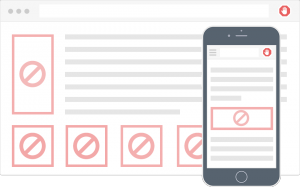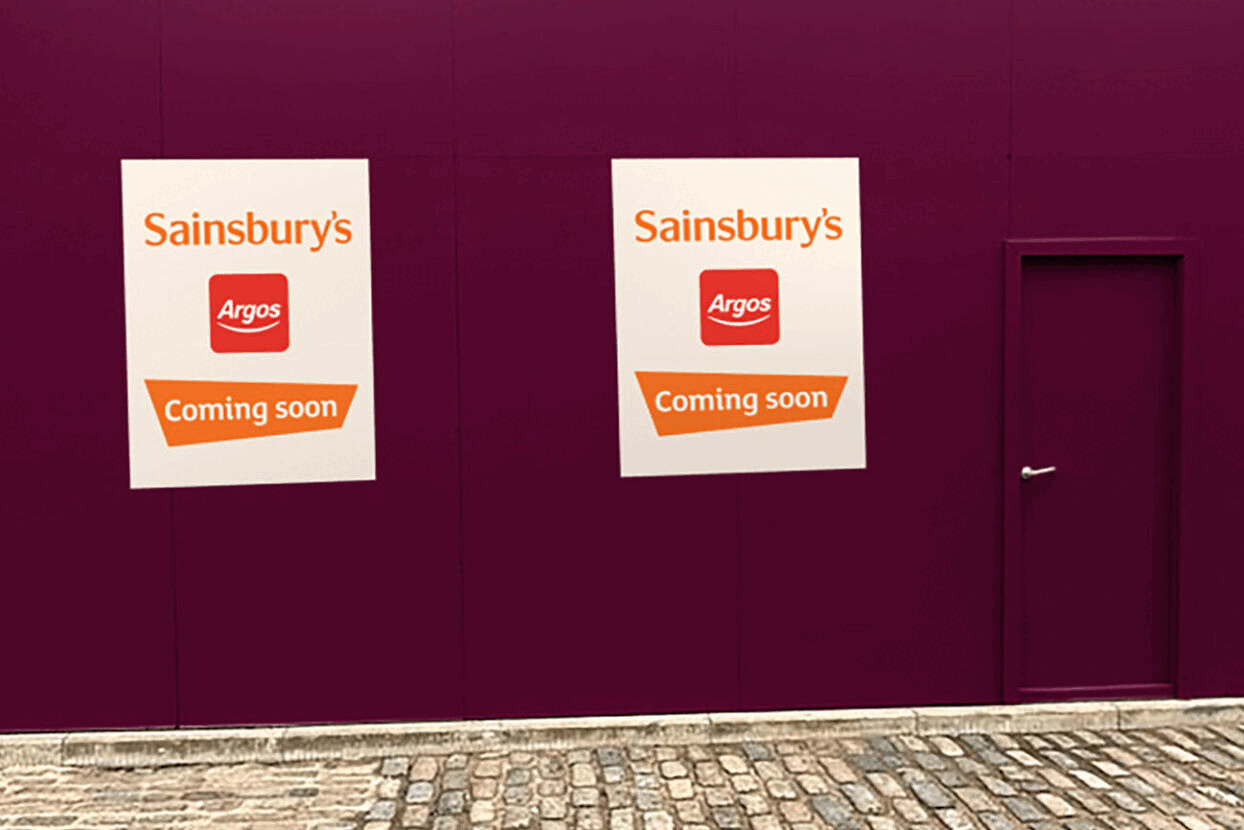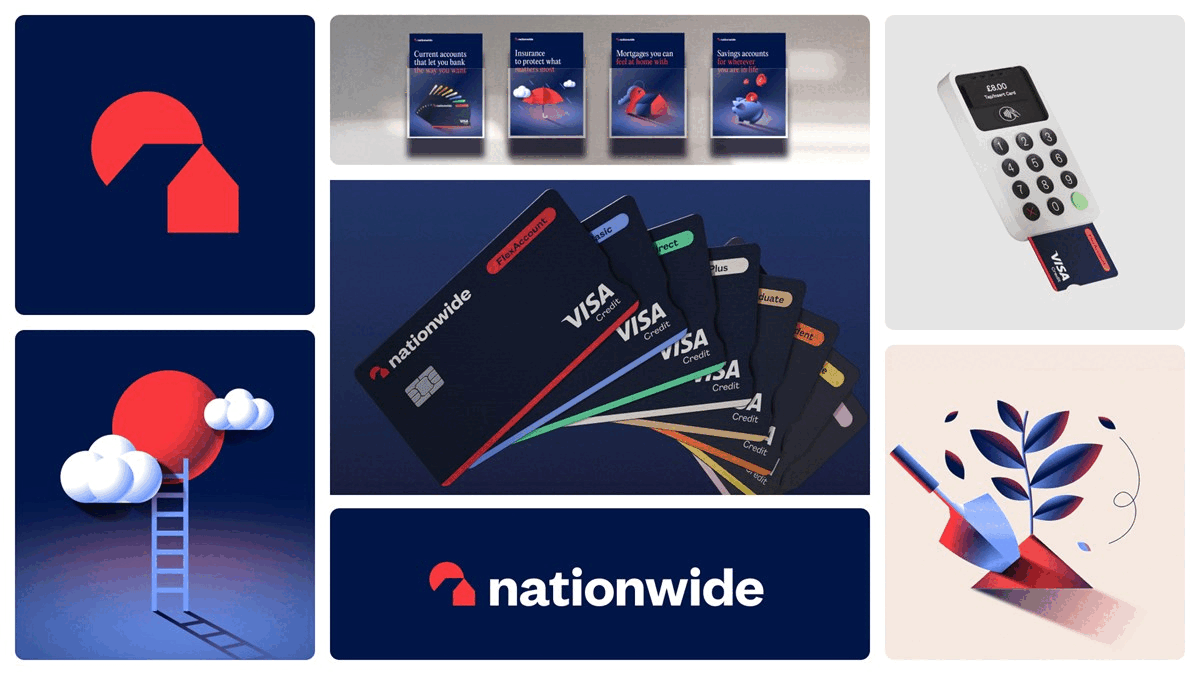18 per cent of Brits Blocking Ads, Latest Figures Show
- Wednesday, November 11th, 2015
- Share this article:
 Almost a fifth of Britons are making use of ad blocking technology, up from 15 per cent in early June. Of those blocking ads, 23 per cent are using the software on their smartphones and 19 per cent on their tablets, a rise of four per cent from earlier this year.
Almost a fifth of Britons are making use of ad blocking technology, up from 15 per cent in early June. Of those blocking ads, 23 per cent are using the software on their smartphones and 19 per cent on their tablets, a rise of four per cent from earlier this year.
The figures come from the IABs latest Ad Blocking Report, conducted online in conjunction with YouGov. The report found that ad blocking is more prevalent among men that women (23 per cent compared to 13 per cent) and that the propensity to block ads decreases with age, from 35 per cent among 18 to 24 year olds, down to 13 per cent of people aged 55 and older.
However, it was not all doom and gloom for advertisers and publishers, with only 57 per cent of people who have downloaded ad blocking software saying their main motivation was to block all ads, and 20 per cent saying their intention was to block certain types of ads, or ads on certain websites.
When asking what would make them less likely to block ads, content that didnt interfere with the browsing experience was the top factor, with 48 per cent of people citing it as something that could stop them blocking. 36 per cent wanted fewer ads on webpages, with 14 per cent wanting ads that were more relevant.
When told that ad blocking means some websites may stop providing free content or introduce paywalls, 61 per cent of respondents said they would prefer to access content for free and see ads than pay to access content.
“The small rise in people blocking ads is not unexpected considering the publicity its been receiving,” said Guy Phillipson, CEO of IAB UK. “However, it does provide some perspective on the situation for those referring to an adblockaplypse. More importantly, it also provides a clear message to the industry – a less invasive, lighter ad experience is absolutely vital to address the main cause of ad blocking.”
The IAB recently launched a set of guidelines aimed at halting the rise of ad blockers, called L.E.A.N. The advice, which stands for Lean, Encrypted, Ad Choice-supporting and Non-invasive/disruptive, hopes to encourage advertisers to adopt better practice when it comes to online marketing, in an effort to slow the tide of people adopting ad blocking software.
“The other key tactic to reduce ad blocking is making consumers more aware of the consequences – what we call the value exchange,” said Phillipson. “If more people realise content is only free because ads pay for it, then fewer people will be inclined to block ads. Only four per cent are willing to face the other option – paying for content with no ads.”

















